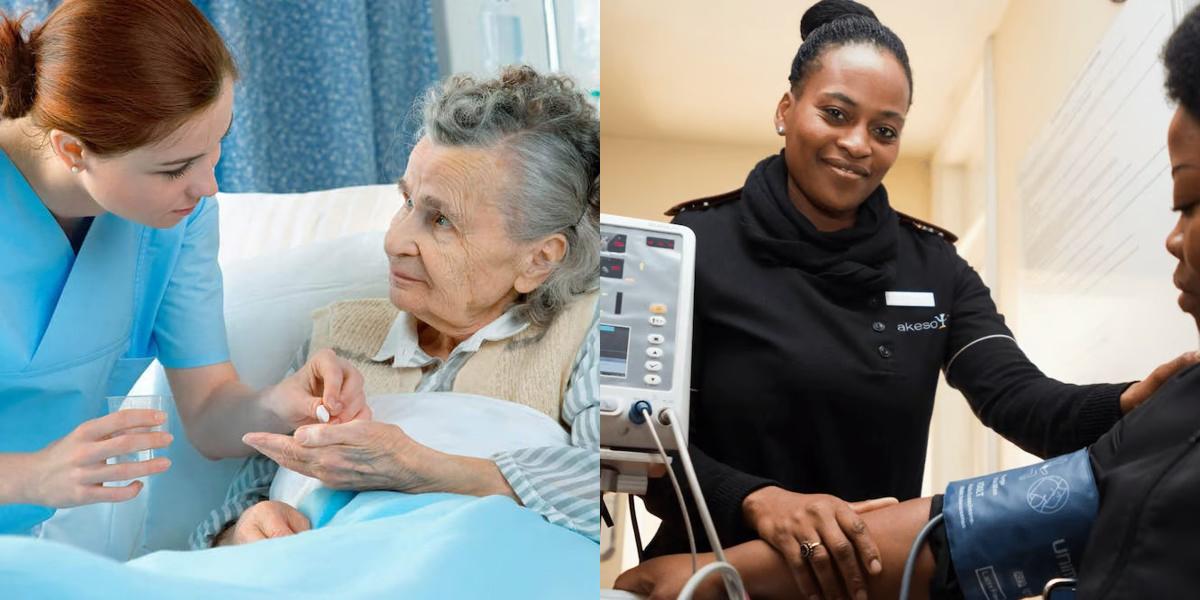Medication Aide vs Patient Care Technician

When it comes to careers in the healthcare field, there are many different options to choose from. Two popular choices are becoming a medication aide or a patient care technician. While both roles involve providing care to patients, there are some key differences between the two. In this blog post, we will explore the roles of a medication aide and a patient care technician, discuss the differences between them, and look at the education and training required for each position. We will also examine the career outlook and salary potential for medication aides and patient care technicians.
Medication Aide vs Patient Care Technician: Education and Training
The education and training requirements for becoming a medication aide or patient care technician are different. Here's what you need to know:
Medication Aide Education and Training:
- Completion of a medication aide training program, which includes classroom instruction and hands-on training in medication administration
- Some states require medication aides to pass a competency exam or obtain certification
- Continuing education may be required to maintain certification
Patient Care Technician Education and Training:
- Completion of a state-approved nursing assistant training program
- Passing a competency exam to become certified as a nursing assistant
- Some states may have additional requirements for patient care technicians, such as obtaining CPR certification or completing a certain number of hours of training
Medication Aide vs Patient Care Technician: Career Outlook and Salary
Both medication aides and patient care technicians have promising career outlooks, with opportunities for growth and advancement. Here's what you need to know about the career outlook and salary potential for each role:
Medication Aide Career Outlook and Salary:
- According to the Bureau of Labor Statistics (BLS), the employment of medication aides is projected to grow 8 percent from 2020 to 2030, which is faster than the average for all occupations.
- The median annual wage for medication aides was $35,950 in May 2020, according to the BLS.
Patient Care Technician Career Outlook and Salary:
- The BLS projects that the employment of nursing assistants, which includes patient care technicians, will grow 8 percent from 2020 to 2030.
- The median annual wage for nursing assistants was $31,080 in May 2020, according to the BLS.
Final Thoughts
Choosing a career in the healthcare field can be a rewarding decision. Both medication aides and patient care technicians play important roles in providing quality care to patients. While the roles have some similarities, there are also key differences in their responsibilities and training requirements. It's important for individuals to consider their interests, skills, and career goals when deciding between becoming a medication aide or a patient care technician. By understanding the differences between these roles, individuals can make an informed decision and pursue a career that aligns with their passion for helping others.
Dreambound ensures accessibility to its educational programs by offering them in diverse locations. For a detailed exploration of the exciting opportunities within these two vocations, we encourage you to visit:

Marce Arnejo is part of the Sales team at Dreambound. Her role involves seeking out schools and institutions to provide valuable opportunities for students seeking a career in the healthcare sector. Beyond her professional life, Marce is passionate about music and gaming. She finds joy in exploring various genres of music and using gaming to unwind and immerse herself in virtual worlds. Her diverse interests enrich her personal life and contribute to her work by bringing new ideas and creativity.




